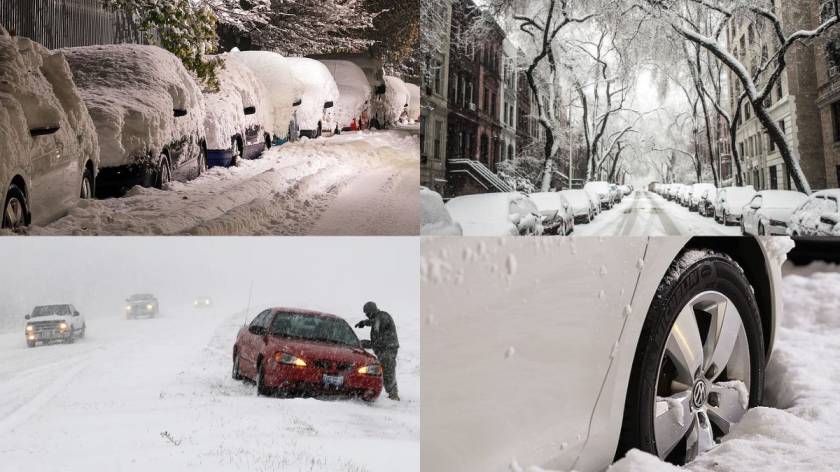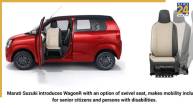Car Drive: Winter snow makes everything look beautiful, but it also makes driving very dangerous. To drive safely in the snow, you need to be extra cautious and use special driving techniques to protect yourself, your passengers, and others on the road. This article provides 10 crucial tips for safe snow driving, helpful for both new and experienced drivers.
Car Drive: Tips To Master Driving On Snowy Roads
Reduce Your Speed and Increase the Gap Between Cars: When driving in snow, it’s essential to slow down dramatically. Snowy and icy roads are extremely slippery, making it much more difficult to steer and control your vehicle. To stay in control, slow down and leave plenty of space between you and the vehicle ahead. This extra distance gives you enough time to react if the other driver suddenly stops or loses control.
Fit Your Vehicle with Winter or Snow Tires: Snow tires greatly improve your vehicle’s grip and handling on snowy roads. Their special tread design and rubber material help them grab onto slippery surfaces, giving you better control and reducing the risk of skidding. For areas with heavy snowfall, installing snow tires during winter can significantly enhance your safety on the road.
Drive Safely with Front-Wheel Drive: Front-wheel drive vehicles tend to handle snowy conditions better than rear-wheel drive cars, thanks to the engine’s weight over the front wheels, which improves grip and traction.
Accelerate and Brake Gently: When driving in snow, accelerate and brake gradually to avoid skidding. Sudden movements can cause loss of control. Instead, start moving slowly and gently press the accelerator to prevent wheel spin.
Clear Snow and Ice from Your Car’s Windows and Roof: Before driving, take a few minutes to thoroughly clear snow and ice from your vehicle. Make sure to clean your windows, headlights, and taillights to ensure maximum visibility and safety on the road.
More Tips
Know How to Use Your Car’s Safety Features: Many modern cars have advanced safety features to help in tough driving conditions. Take time to learn about your vehicle’s specific features, including traction control, stability control, and all-wheel drive systems, to stay safe on the road.
Exercise Extreme Caution When Driving on Hills and Slopes: When driving uphill in snowy conditions, maintain a constant speed to prevent wheel-spin and maintain control. If your vehicle starts to lose traction, take your foot off the accelerator and make smooth, gentle steering corrections in the direction you want to go.
Map Out Your Route in Advance and Let Others Know: When traveling in snowy conditions, plan your route wisely beforehand. Opt for major roads and highways, which are typically cleared and treated first, to minimize your risk of encountering hazardous road conditions.
Emergency Kit: To prepare for winter driving, assemble a vehicle emergency kit containing essential items like a flashlight, blankets, warm clothing, non-perishable food, water, a first aid kit, and a snow shovel.
Stay Home if Conditions Are Too Hazardous: For maximum safety, avoid driving in snowy conditions whenever possible. If forecasts predict severe weather, heavy snowfall, or icy roads, prioritize caution and delay your trip until conditions improve, if feasible.
ALSO READ: Viral Bill: Royal Enfield Bullet 350cc Cost Rs 18,700 In 1986; Now Costs Nearly Rs 2.5 Lakhs













